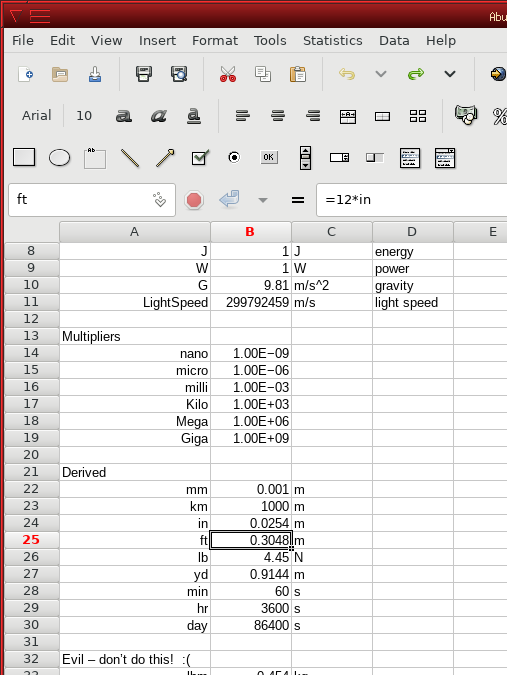DaveAtkins
Structural
For the first time in my career, I will be working on a project which requires the use of metric (hard metric at that!) units.
I am curious about the experience of those who normally work with imperial units like I do. My hunch is I should not try to convert units back and forth, but instead dive right in and do calculations and drawings in metric. Train myself to think in metric, so to speak.
DaveAtkins
I am curious about the experience of those who normally work with imperial units like I do. My hunch is I should not try to convert units back and forth, but instead dive right in and do calculations and drawings in metric. Train myself to think in metric, so to speak.
DaveAtkins


![[smile] [smile] [smile]](/data/assets/smilies/smile.gif)